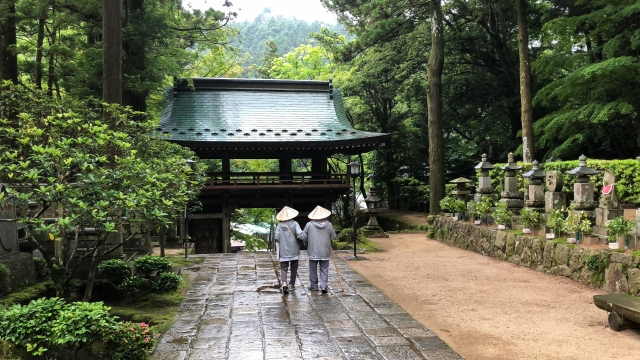Shikoku Pilgrimage: An Invitation to a Spiritual Journey
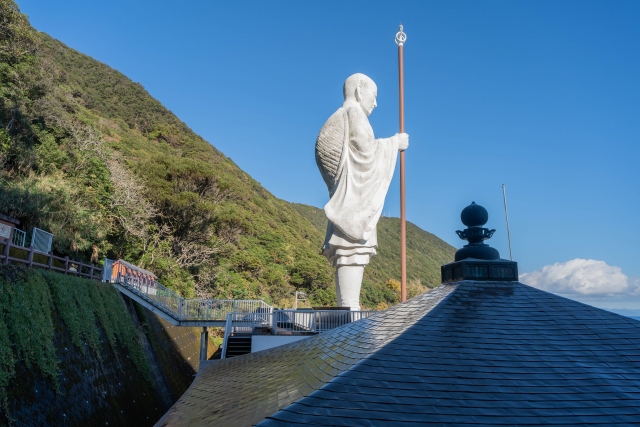
What is the Shikoku Pilgrimage?
The Shikoku Pilgrimage, or Shikoku Henro, is a sacred journey spanning about 1,200 kilometers across the Shikoku region of Japan. It encompasses 88 temples associated with the Buddhist monk Kobo Daishi (Kukai), who is said to have trained there. This pilgrimage route has long been cherished as a path for spiritual cleansing and enlightenment. Today, many tourists and pilgrims, regardless of their religious beliefs, embark on this special journey.
Access to the Shikoku Pilgrimage
From Narita Airport
To reach Shikoku from Narita Airport, take a domestic flight to Takamatsu Airport or Matsuyama Airport. The flight to Takamatsu takes about 1.5 hours, while the flight to Matsuyama takes about 2 hours. From the airport, buses or trains can take you to the nearest pilgrimage temples.
From Haneda Airport
Direct flights from Haneda Airport to Takamatsu Airport and Matsuyama Airport are available, taking about 1.5 hours and 1 hour 45 minutes respectively. Additionally, direct flights to Tokushima Airport and Kochi Airport are available, with each airport providing convenient access to the Shikoku Pilgrimage via public transportation.
From Kansai International Airport
From Kansai International Airport, numerous direct flights to various parts of Shikoku are available. Takamatsu Airport is about a 1-hour flight, Matsuyama Airport is about 1 hour 15 minutes, and Kochi Airport is about 1 hour 20 minutes. From these airports, you can start your pilgrimage journey using rental cars or public transportation.
Notable Temples on the Shikoku Pilgrimage
Temple 1: Ryozenji
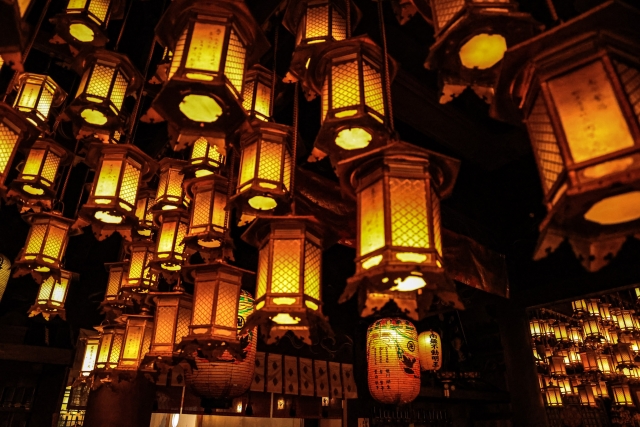
Ryozenji, located in Tokushima Prefecture, is the starting point of the Shikoku Pilgrimage. Pilgrims don white robes here and pray for a safe journey. Known as the “Gateway to the Pilgrimage,” it has been cherished by many pilgrims over the centuries.
Temple 6: Anrakuji
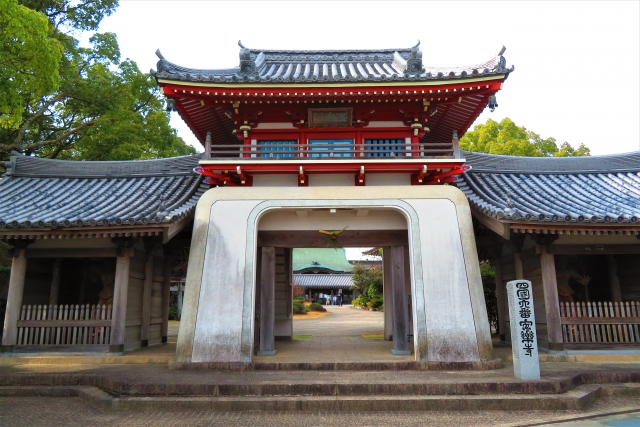
Anrakuji is renowned for its beautiful gardens that offer a serene and picturesque environment. The tranquil beauty of the temple grounds provides a soothing experience for many pilgrims.
Temple 12: Shosanji
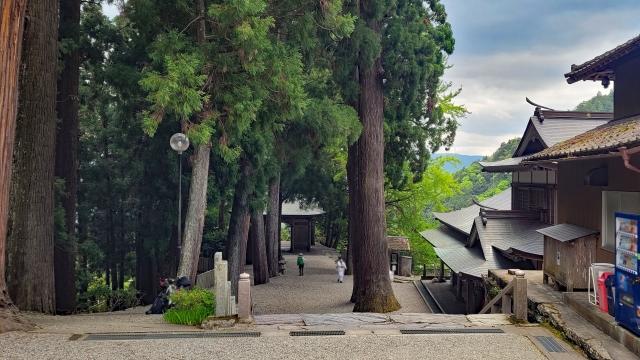
Shosanji, located deep in the mountains, is known for its challenging access route, often referred to as “henro-korogashi” (pilgrim’s fall). The sense of accomplishment upon reaching this temple after a strenuous climb is unmatched, motivating many pilgrims to undertake the challenge.
Temple 51: Ishiteji
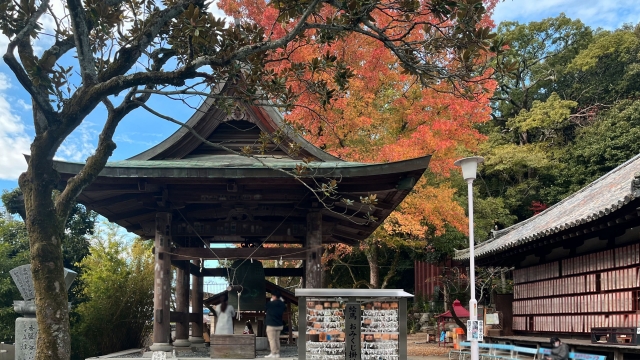
Ishiteji, situated in Matsuyama, Ehime Prefecture, is famous for its stunning five-story pagoda and the mysterious cave within its grounds. The cave’s mystical atmosphere captivates all who visit.
Temple 88: Okuboji
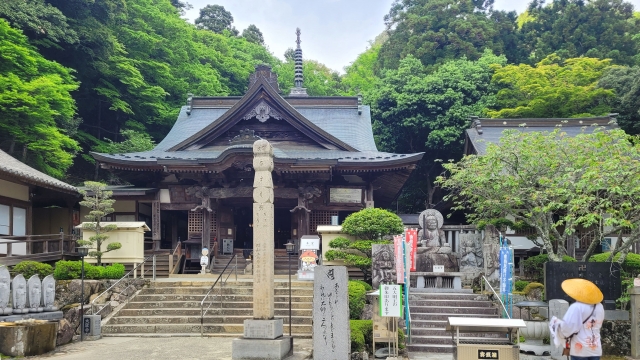
Okuboji, located in Kagawa Prefecture, is the final temple on the Shikoku Pilgrimage. Here, pilgrims complete their journey and savor the joy of accomplishment. The expansive temple grounds and beautiful autumn foliage warmly welcome visitors.
Enjoying the Shikoku Pilgrimage
On Foot
The traditional way to complete the pilgrimage is by walking to all 88 temples. This is a challenging yet profoundly rewarding journey that fosters camaraderie among pilgrims and provides opportunities for spiritual growth.
Bus Tours
For those with limited time, bus tours offer an efficient way to visit multiple temples. These tours include informative guides, making the journey enjoyable and educational.
Exploring by Rental Car
For those seeking flexibility, renting a car allows you to explore the pilgrimage at your own pace. You can also visit various tourist attractions along the way, making your journey even more enriching.
Conclusion
The Shikoku Pilgrimage is more than just a tourist destination; it is a journey of the heart. As you travel through historical sites, natural beauty, and stunning temples, you will find precious time to reflect on yourself. This unique experience will bring new perspectives and deep inspiration to your life. Surrounded by the beautiful landscapes and warm people of Shikoku, enjoy a memorable and extraordinary journey.

